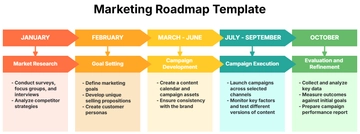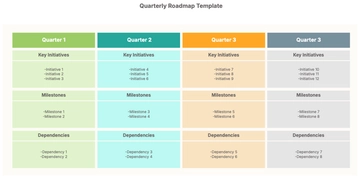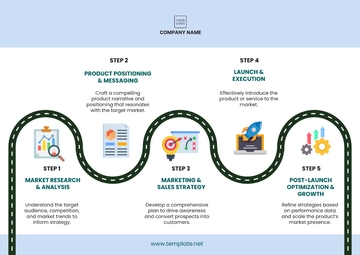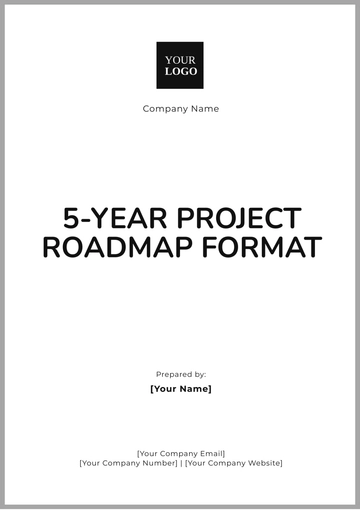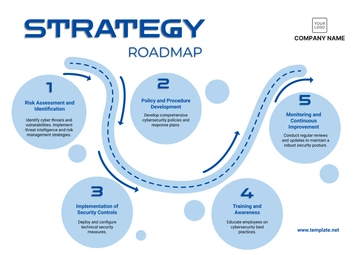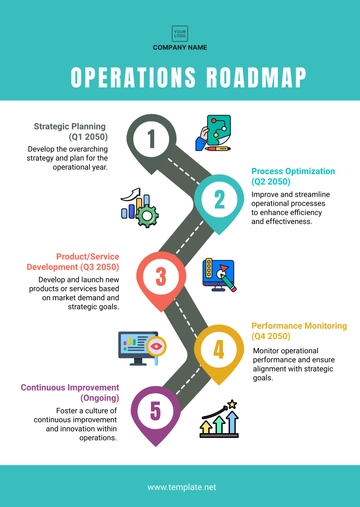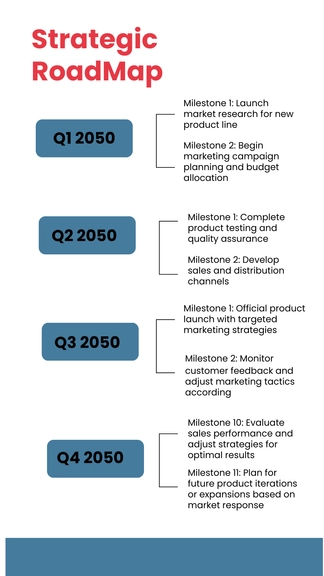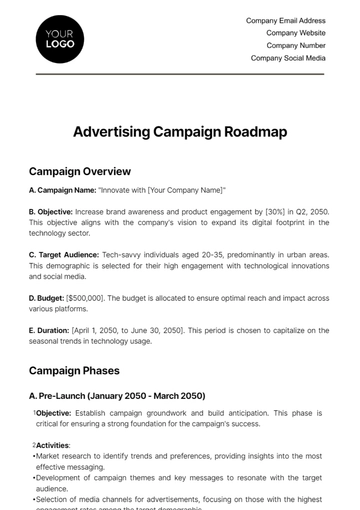Free Advertising Campaign Roadmap
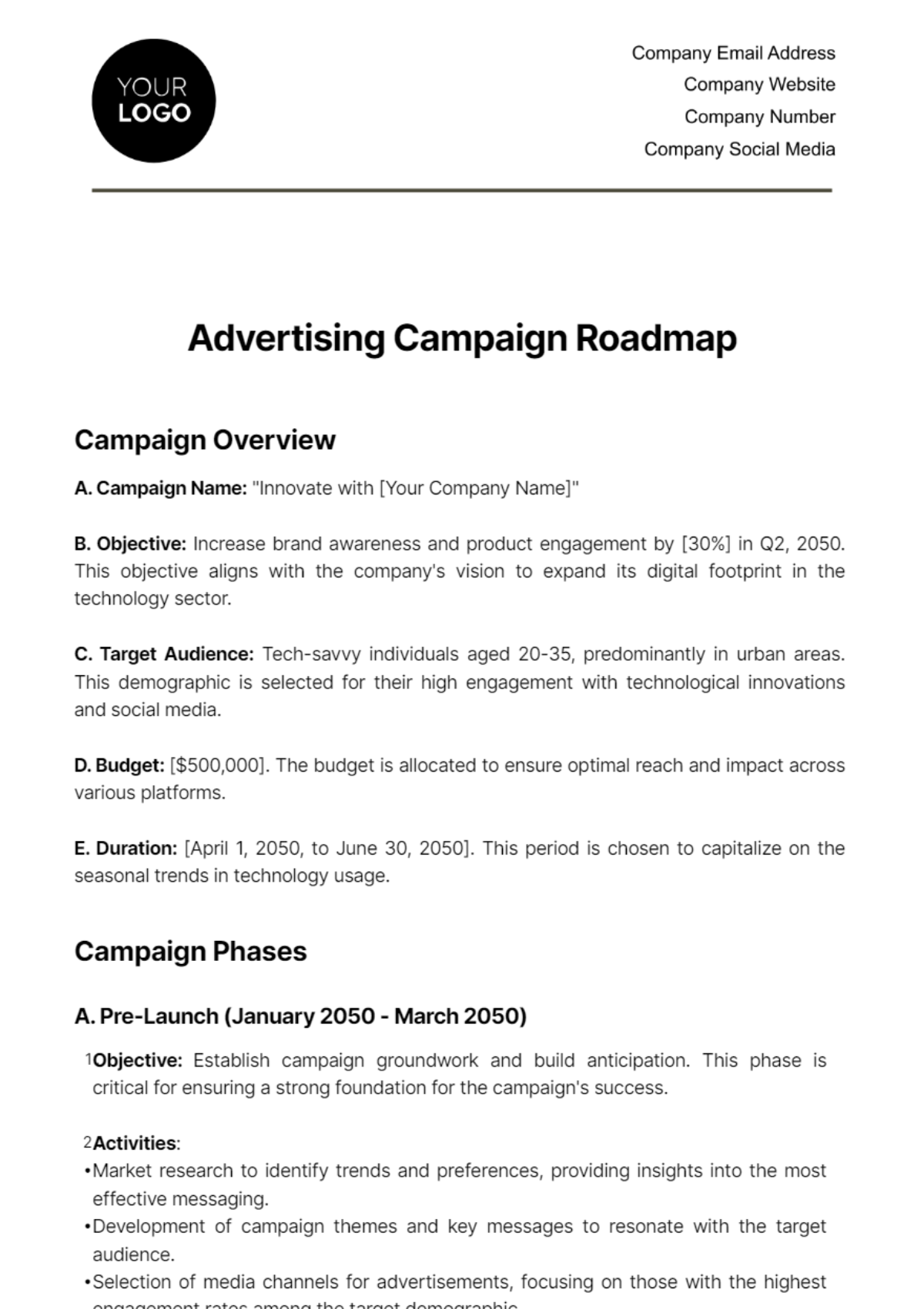
Campaign Overview
A. Campaign Name: "Innovate with [Your Company Name]"
B. Objective: Increase brand awareness and product engagement by [30%] in Q2, 2050. This objective aligns with the company's vision to expand its digital footprint in the technology sector.
C. Target Audience: Tech-savvy individuals aged 20-35, predominantly in urban areas. This demographic is selected for their high engagement with technological innovations and social media.
D. Budget: [$500,000]. The budget is allocated to ensure optimal reach and impact across various platforms.
E. Duration: [April 1, 2050, to June 30, 2050]. This period is chosen to capitalize on the seasonal trends in technology usage.
Campaign Phases
A. Pre-Launch (January 2050 - March 2050)
Objective: Establish campaign groundwork and build anticipation. This phase is critical for ensuring a strong foundation for the campaign's success.
Activities:
Market research to identify trends and preferences, providing insights into the most effective messaging.
Development of campaign themes and key messages to resonate with the target audience.
Selection of media channels for advertisements, focusing on those with the highest engagement rates among the target demographic.
Key Metrics:
Number of media channels identified: 5 major channels, ensuring a diverse and wide-reaching advertising strategy.
Completion of market research by [February 15, 2050], to allow ample time for campaign adjustments based on findings.
B. Launch Phase (April 1, 2050 - April 30, 2050)
Objective: Introduce the campaign and engage the initial audience. The launch is designed to create a strong first impression and generate buzz.
Activities:
Release of introductory advertisement on selected channels to capture the audience's attention.
Social media campaign kickoff on [Your Company Social Media] to leverage online platforms for viral impact.
Press release and media outreach to gain coverage in relevant technology and news outlets.
Key Metrics:
Social media engagement: [50,000] interactions, setting the stage for viral spread and organic growth.
Press release coverage: [20] publications, ensuring widespread awareness from the outset.
C. Mid-Campaign Phase (May 1, 2050 - May 31, 2050)
Objective: Sustain and amplify campaign momentum. This phase aims to build upon the initial excitement and deepen engagement.
Activities:
Hosting webinars and online discussions to foster community and thought leadership.
Collaboration with influencers in the tech community to tap into existing follower bases and gain credibility.
Mid-campaign customer feedback survey to gauge reactions and adapt strategies accordingly.
Key Metrics:
Webinar attendees: [10,000] participants, enhancing brand visibility and engagement.
Influencer content reach: [1 million] views, expanding the campaign's reach beyond traditional channels.
D. Closure Phase (June 1, 2050 - June 30, 2050)
Objective: Consolidate gains and prepare for campaign closure. This phase focuses on maximizing the campaign's impact and gathering insights for future initiatives.
Activities:
Final advertising push with success stories to showcase the campaign's impact and encourage last-minute engagements.
Customer testimonials and case studies to build trust and authenticity through real user experiences.
Campaign impact analysis and report preparation to evaluate the campaign's success and learnings.
Key Metrics:
Testimonial videos: [10] customer stories, highlighting the real-world impact of the campaign.
Comprehensive campaign report by [July 10, 2050], providing insights for future marketing strategies.
Budget Allocation
Campaign Phase | Allocation | Details |
Pre-Launch | [$100,000] | Research, planning, and channel selection. This stage is pivotal for setting a strong base for the campaign. |
Launch | [$150,000] | Advertisements, social media, press releases. High investment here ensures a strong and memorable launch. |
Mid-Campaign | [$150,000] | Webinars, influencer collaborations, surveys. This allocation aims to deepen engagement and gather valuable feedback. |
Closure | [$100,000] | Final ads, testimonials, report preparation. This ensures a strong finish and provides valuable insights for future campaigns. |
Expected Outcomes
A. Brand Awareness: Increase in brand recall and recognition by [30%]. This is essential for long-term brand positioning and visibility.
B. Engagement: [20%] increase in website traffic and social media interactions, which are key indicators of successful audience engagement.
C. Sales Conversion: Boost in product inquiries and sales by [15%], translating campaign success into tangible business results.
D. Customer Feedback: Positive feedback from at least [60%] of survey respondents, indicating satisfaction and engagement with the campaign.
Key Performance Indicators (KPIs)
A. Reach: Number of people exposed to the campaign. This KPI helps in understanding the campaign's breadth.
B. Engagement: Likes, shares, comments on social media. These metrics indicate the audience's active participation.
C. Conversion Rate: Percentage of visitors converted to customers. This is critical for measuring the campaign's effectiveness in driving sales.
D. Return on Investment (ROI): Gain from investment compared to the cost. This KPI is crucial for evaluating the financial success of the campaign.
Risks and Mitigation
Risk | Mitigation |
Low engagement on social media. This could indicate that the content is not resonating with the audience. | Adjust content strategy based on analytics. This involves analyzing engagement data and tweaking the content for better performance. |
Budget overruns. This could hinder the campaign's overall effectiveness and ROI. | Regular budget reviews and contingency planning. This ensures that the campaign stays on track financially, allowing for adjustments as needed. |
This comprehensive roadmap for "Innovate with [Your Company Name]" provides a detailed framework for a successful advertising campaign, outlining key strategies, metrics, and expected outcomes. It is designed to ensure that [Your Company Name] not only achieves its campaign goals but also gains valuable insights for future marketing endeavors.
- 100% Customizable, free editor
- Access 1 Million+ Templates, photo’s & graphics
- Download or share as a template
- Click and replace photos, graphics, text, backgrounds
- Resize, crop, AI write & more
- Access advanced editor
Maximize the success of your advertising campaigns with the Advertising Campaign Roadmap Template from Template.net. This editable and customizable tool empowers you to outline your campaign strategies, timelines, and key milestones effortlessly. Utilize the Ai Editor Tool to refine your roadmap and achieve your advertising goals with precision and efficiency.
You may also like
- Project Roadmap
- Security Roadmap
- Product Roadmap
- Personal Roadmap
- Employee Roadmap
- Career Roadmap
- Business Roadmap
- Strategy Roadmap
- Timeline Roadmap
- Management Roadmap
- Software Roadmap
- Technology Roadmap
- Process Roadmap
- Goals Roadmap
- Website Roadmap
- Sales Roadmap
- Quality Roadmap
- Company Roadmap
- Communication Roadmap
- Application Roadmap
- Training Roadmap
